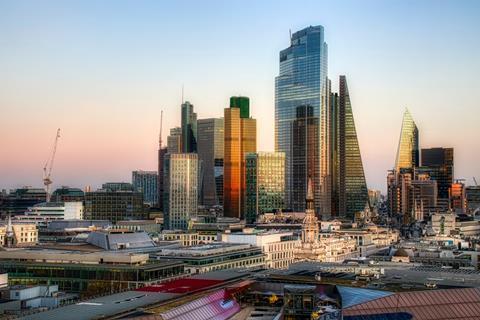Report calls for city to become circularity capital of the world
Adopting circular economy principles in London’s construction market could save 11 million tonnes of CO2 emissions in a decade, according to research by Mace.
Construction and demolition activities generated 1.54 million tonnes of waste in the square mile alone over ten years, the consultant claimed, with just 10% recycled within the industry.

Across Greater London, more than 13.8 million tonnes could be saved over the next ten years, which Mace said would save the equivalent of 3.5% of the UK’s annual emissions.
The firm’s report claims the capital is an ideal place to attempt to build a circular economy due to its highly innovative construction firms and developers and occupiers having an interest in sustainability.
It suggested the development of physical and virtual ‘circularity material banks’, the introduction of ‘materials passports’ that track the source of materials within the supply chain and the creation of a credible circularity accreditation scheme by industry and government.
Mace also suggested financial incentives through a reduction in section 106 where circularity practices are adopted.
Establishing a circular model would be worth more than £1.25bn to the industry over a decade, the report claimed.
>>See also: The innovations to tackle construction’s carbon problem
>>See also: You lead on net zero. The politicians will have to follow
James Low, global head of responsible business at Mace, said: “We must be able to deliver zero embodied carbon buildings and infrastructure within our lifetimes, and we believe that the transition to a circular economy is amongst the most important innovations and system changes required to achieve that.
“This requires the entire industry to come together to provide the information, products, construction practices, and behaviours required to realise the potential carbon savings associated with a more circular model in London over the next decade.”




























No comments yet